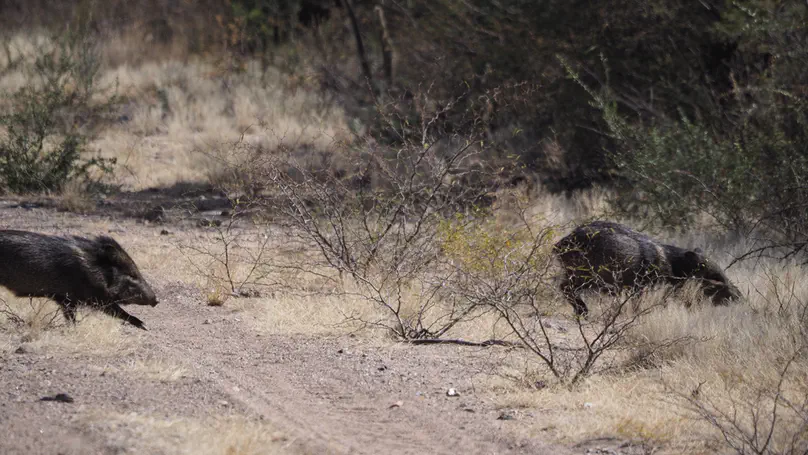Latest News
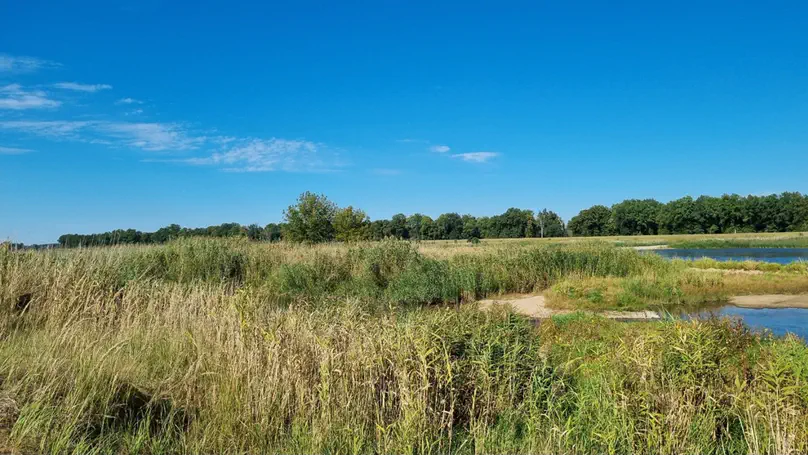
We are excited to invite applications for a new Postdoc position on assessing rewilding opportunities in freshwater systems. Join us at the Conservation and Biogeography Lab at Humboldt University Berlin!
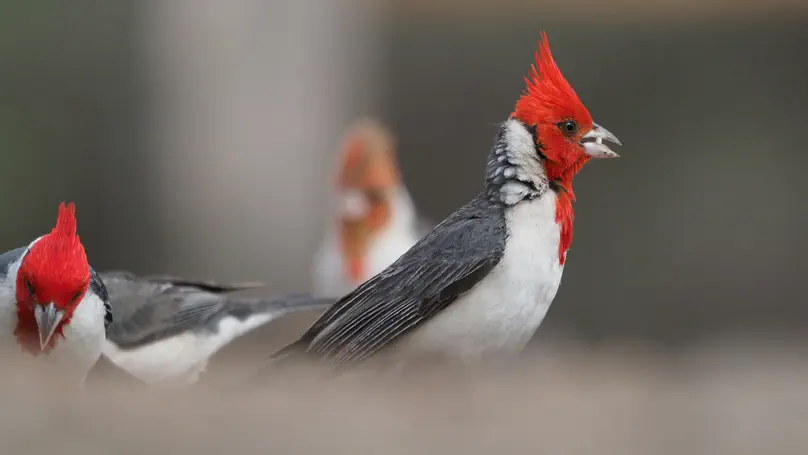
We are excited to invite applications for a new Postdoc position on Conservation Prioritization in South American Dry Forests. Join us at the Conservation and Biogeography Lab at Humboldt University Berlin!
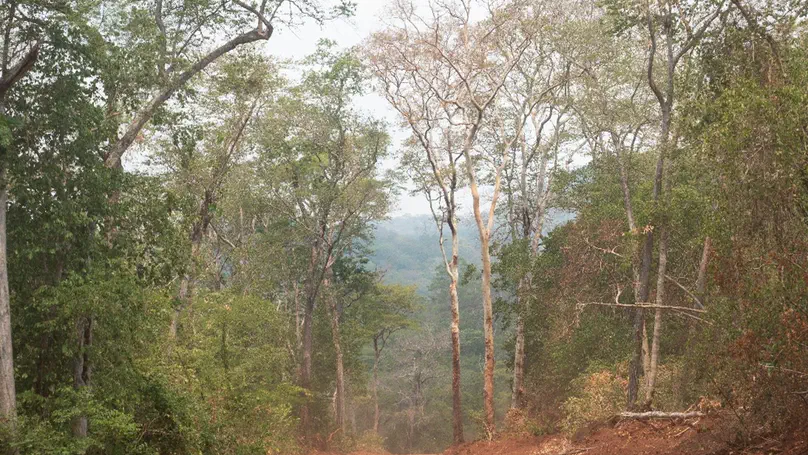
By understanding deforestation patterns and the interaction with protected areas and IPLs, we can better understand how to tailor conservation strategies and support these unique socio-ecological systems.
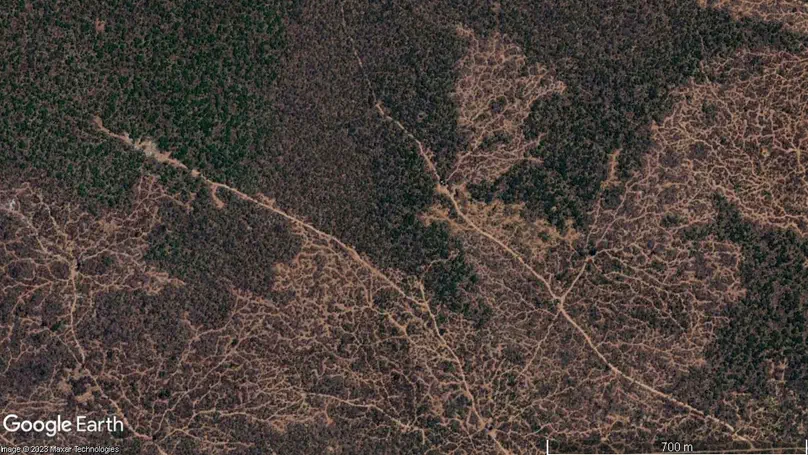
Understanding the long-term outcomes of disturbances on forest structure is important to gain insight into forest degradation processes. In this work, we assessed the effect of different disturbance agents on aboveground biomass and woody cover in the Argentine Dry Chaco..
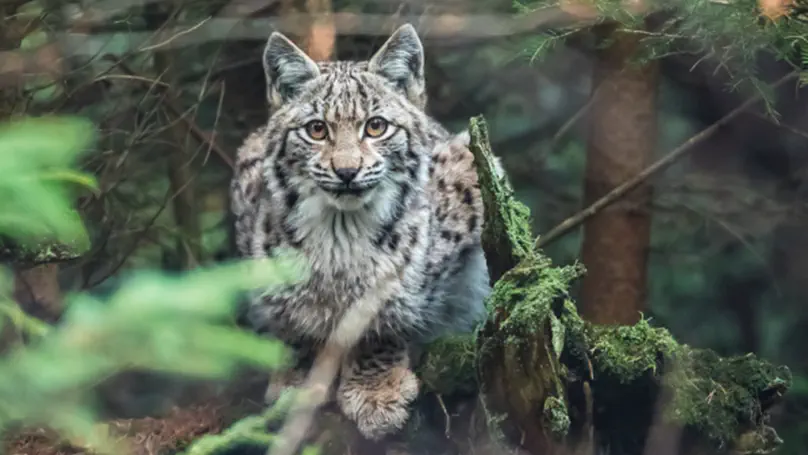
Using a continental-scale animal tracking dataset, we show that variation in habitat use by a large carnivore (Eurasian lynx) is driven by gradients of human pressure and refuge habitat availability, with lynx increasingly depending on refuge habitats in human-dominated landscapes.
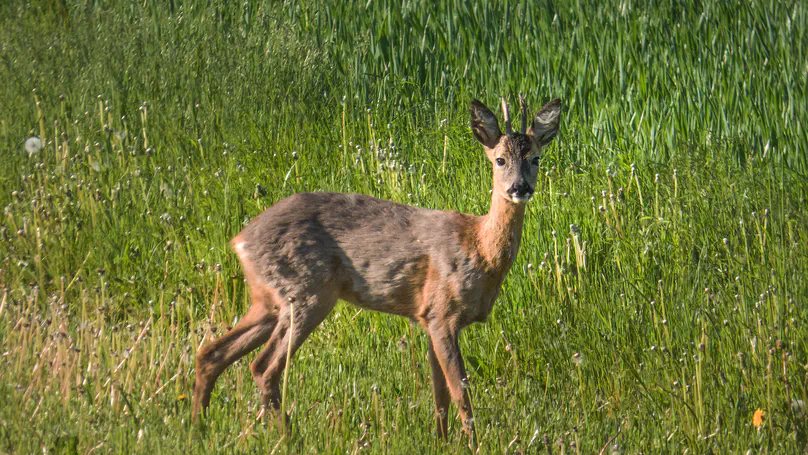
Using spatial capture-recapture analysis, we investigated the effects of forest disturbances on red deer densities in a in a transboundary protected forest landscape. We found positive, but context dependent effects of disturbance on deer densities.

We are excited to invite applications for a new PhD position on Land-Use Impacts on Biodiversity in the Bolivian Chiquitania. Join us at the Conservation and Biogeography Lab at Humboldt University Berlin!

We are excited to invite applications for a new PhD position on the Conservation Biogeography of Reptiles and Amphibians in South American Dry Forests. Join us at the Conservation and Biogeography Lab at Humboldt University Berlin!

Higher yields are often assumed to lead to less deforestation, because more can be produced on less land. We find that this assumption is wrong, especially where market-oriented commodity agriculture dominates. Interestingly, higher yields actually reduced deforestation in areas where much land was inhabited or managed by Indigenous Peoples.
